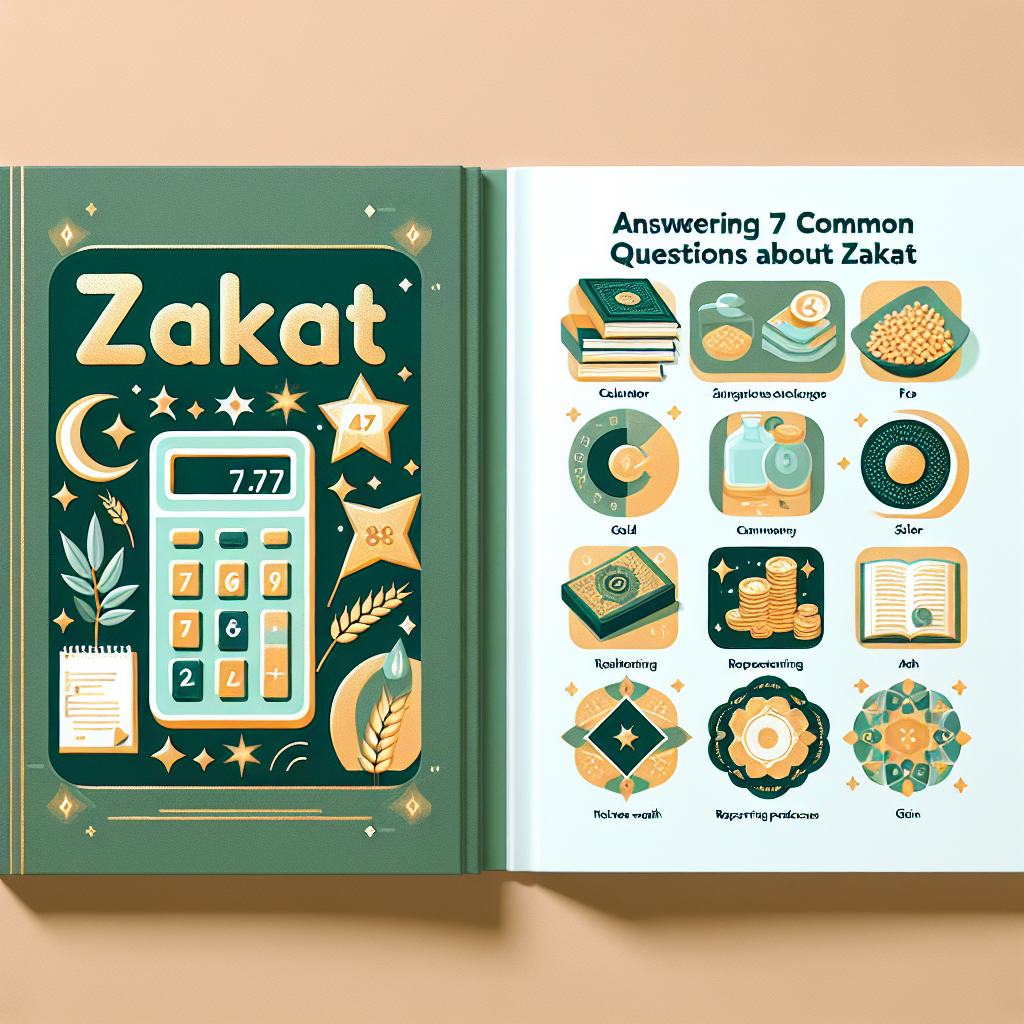Illustrated Guide to Zakat: Answering 7 Common Questions
Illustrated Guide to Zakat: Answering 7 Common Questions
Understanding Zakat
Zakat, one of the Five Pillars of Islam, is a form of almsgiving and religious obligation for Muslims. It plays a crucial role in wealth distribution and social welfare within the Islamic community.
Key Questions Answered
The guide addresses seven frequently asked questions about Zakat, providing clarity and insight into its practice and significance.
1. What is Zakat?
Zakat is a mandatory charitable contribution, typically 2.5% of a Muslim’s savings and wealth above a certain threshold, known as the nisab.
2. Who is Eligible to Pay Zakat?
- Muslims who possess wealth above the nisab threshold.
- Individuals who have held this wealth for at least one lunar year.
3. Who Can Receive Zakat?
- The poor and needy.
- Those in debt.
- Travelers in need.
- New converts to Islam.
4. How is Zakat Calculated?
Zakat is calculated as 2.5% of the total savings and wealth, including cash, gold, silver, and other assets, after deducting any liabilities.
5. When Should Zakat be Paid?
Zakat should be paid once a year, typically during the month of Ramadan, although it can be paid at any time of the year.
6. What is the Nisab Threshold?
The nisab is the minimum amount of wealth a Muslim must possess before they are liable to pay Zakat. It is equivalent to the value of 87.48 grams of gold or 612.36 grams of silver.
7. What are the Benefits of Paying Zakat?
- Purification of wealth.
- Promotion of social equality.
- Support for the less fortunate.
Conclusion
The “Illustrated Guide to Zakat” provides a comprehensive overview of this essential Islamic practice, answering common questions and highlighting its importance in fostering community welfare and spiritual growth. By understanding and fulfilling this obligation, Muslims contribute to a more equitable and compassionate society.








































